Wat Mangkon Kamalawat is one of the most important spiritual landmarks in the city, sitting among the vibrant and colourful streets of Bangkok’s Chinatown area. This Chinese Buddhist temple, also called Temple of the Dragon Lotus, is an oasis of calm surrounded by energy. Famed for its remarkable architecture and deep cultural heritage, the temple offers visitors a mix of Thai and Chinese cultures. Whether you need spiritual guidance, cultural exploration or just want to admire its complex beauty, this buddhist temple is just the place for you. This complete guide will help prepare you for your visit to this quiet, holy place.
Location

Photo: Christophe95 / Wikimedia Commons
Wat Mangkon Kamalawat’s address is central Bangkok’s Chinatown along Charoen Krung Road. Also, it is also located next to some popular markets, cultural sites, and restaurants which would be a great place for travel to visit. A short walk from the MRT Wat Mangkon station, the temple is popular with both tourists and locals. Located amidst the bustling ambience of Chinatown, the temple serves as an oasis where visitors can find solace in cultural and spiritual activities.
How To Reach

Photo: Alan Oscroft / Wikimedia Commons
By MRT: Going by MRT is the simplest, cheapest, and fastest way to get to the temple. Get off at Wat Mangkon station and walk a few minutes to the temple.
By Taxi: Taxis are widely available throughout Bangkok, providing a convenient way to visit Wat Saket. Stick with the meter or negotiate a price in advance.
By Tuk-Tuk: If you like you can also choose to travel around with tuk-tuks, as they are used very popularly for short distances, another great way to explore the city.
On Foot: If you’re already in Chinatown, the temple can be easily reached on foot from the major attractions in the surroundings.
Places To Visit Near Wat Mangkon Kamalawat
1. Yaowarat Road
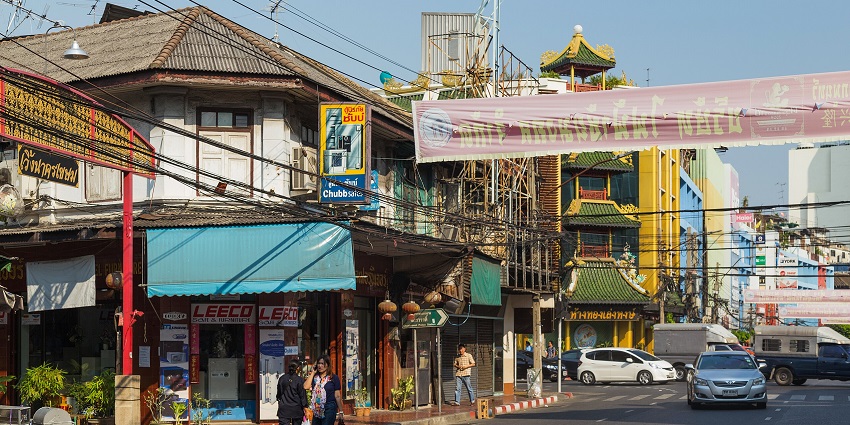
Photo: Marcin Konsek / Wikimedia Commons
Yaowarat Road is a feast for the senses that defines the heart of Bangkok’s Chinatown. Famous for its street food scene, this famous road has everything, you could even taste freshly grilled seafood to Chinese dumplings. The street here is also rich in shops, gold and traditional medicine stores. Yaowarat comes alive in the evenings when neon signs shine bright and the air is filled with the smell of street fare sizzling away under the cover of darkness.
Best Time To Visit: Evening
2. Sampeng Market
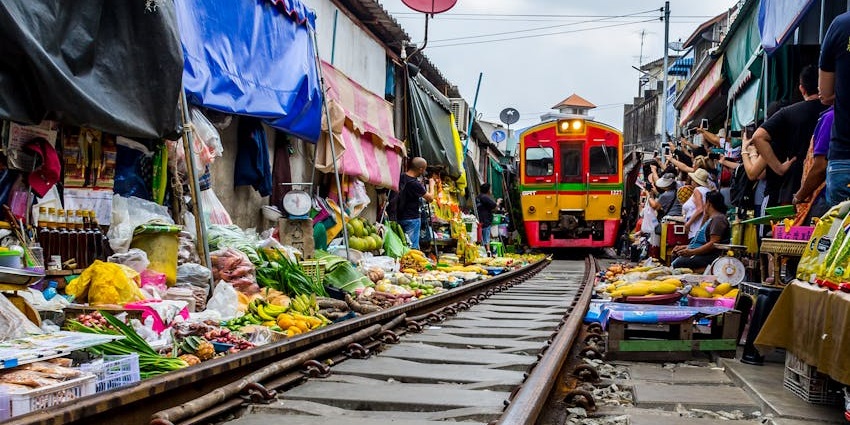
Photo: Silent Sightseer / Pexels / Image For Representation Only
Not far from the temple, Sampeng Market is a colourful, sound-filled bazaar that embodies the essence of local trade in Bangkok. Indeed, this market is famous for its cheap prices, where you can find everything from fabrics and accessories to traditional Chinese goods. With its gorgeously bustling, narrow lanes, Sampeng Market is a full-colour, “in-your-face” shopping experience. It’s also a great place to snag souvenirs, chat with amiable stall owners and soak up the local vibe.
Best Time To Visit: Morning
3. Wat Traimit (Temple Of The Golden Buddha)
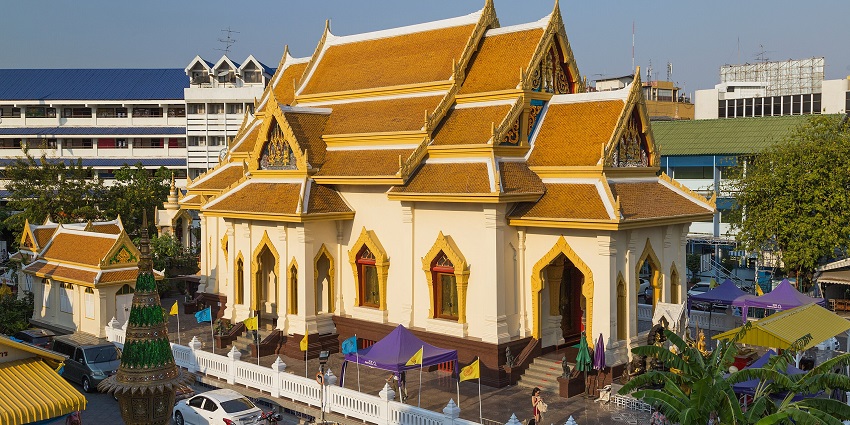
Photo: Marcin Konsek / Wikimedia Commons
A short walk or tuk-tuk ride from the temple, you’ll find Wat Traimit, which houses the world’s largest solid gold Buddha statue. This magnificent statue, which weighs more than 5.5 tons, is a stunning representation of Thailand’s spiritual history, as well as a symbol of the craftsmanship of the country. The temple complex also has a little museum with details about the history of Chinatown and the Golden Buddha. It was not only an important place of worship for Buddhists but also a beautiful architectural wonder that contributed to the cultural history.
Best Time To Visit: Morning
Where To Stay
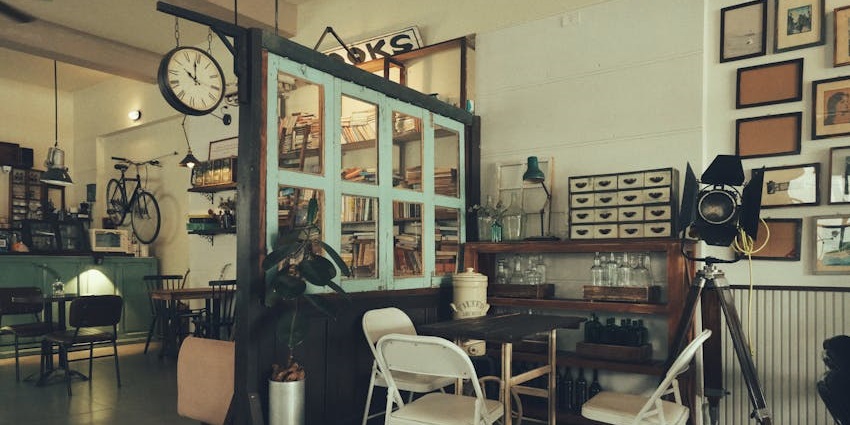
Photo: 🇻🇳🇻🇳 Việt Anh Nguyễn 🇻🇳🇻🇳 / Pexels / Image For Representation Only
There are many Chinatown lodging options to fit every taste and every budget. Those in need of a little luxury and old-world charm will love the Shanghai Mansion, which is home to boutique rooms with vintage Chinese furnishings. Loftel 22 Hostel is an affordable yet comfortable choice for budget travellers, offering contemporary facilities and a welcoming vibe. Prime Hotel Central Station is another popular option (for both convenience and proximity to MRT) and here you’ll find larger-than-average rooms with solid facilities.
Where To Eat

Photo: Hank / Pexels / Image For Representation Only
Chinatown is a foodie heaven with authentic Chinese and Thai fare. K Seafood is a great place to go for incredibly fresh and flavorful seafood. For a Michelin-starred meal, there are the succulent crab omelettes and other inventive dishes at Jay Fai. Hua Seng Hong is a family-oriented restaurant that serves classic Chinese fare, particularly dim sum and roasted duck. These immersive eateries are sure to make your trip with amazing winds.
Best Time To Visit
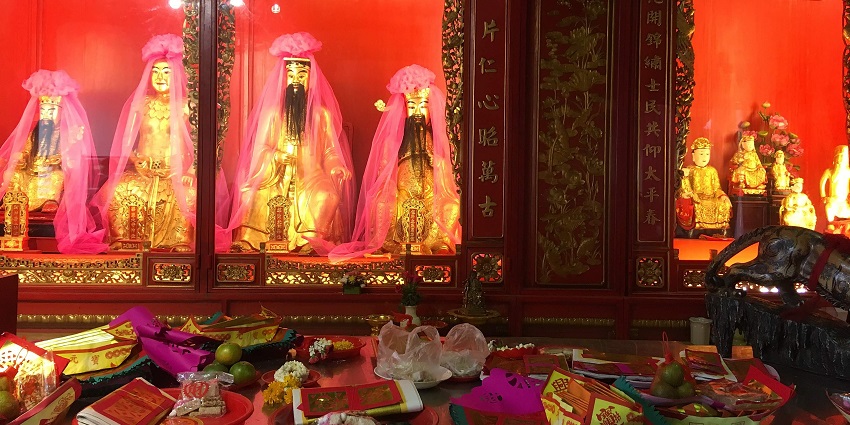
Photo: Christophe95 / Wikimedia Commons
If you want to see the temple at its most lively, visit during one of the main Chinese festivals, like Chinese New Year or the Hungry Ghost Festival. Whether it’s this time of year, though, the temple is decorated colourfully, and people are lively with cultural performances and traditions. Wat Mangkon Kamalawat timings are from the early morning or late afternoon and avoid large crowds for a tranquil ambience.
Tips For Travellers
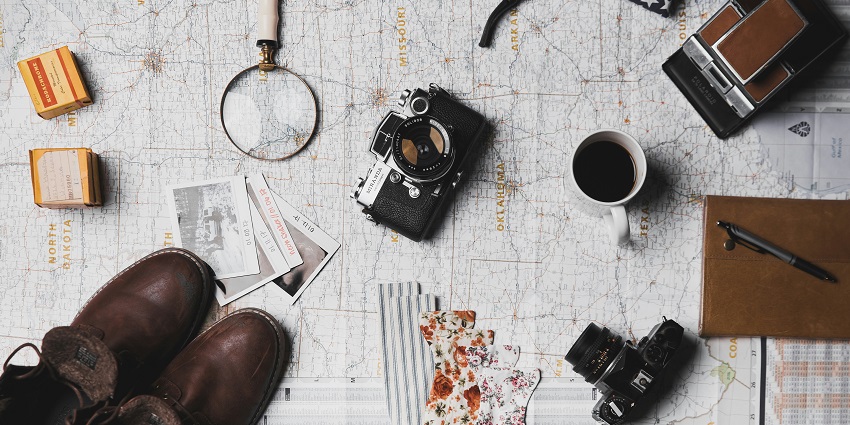
Photo: ian dooley / Unsplash / Image For Representation Only
- Dress conservatively to honour the temple’s holiness.
- Go early for a serene experience in solitude.
- Work with local guides to discover the temple’s history and cultural importance.
- Photographing worshippers or ceremonies is prohibited without permission.
- Drink a lot and wear comfortable shoes you might be wandering around for a long time in Chinatown.
The Wat Mangkon Kamalawat is not just a temple but more of a spiritual and cultural treasure that shows the harmonious combination of Chinese and Thai traditions. From softening at lantern light to sounding its architecture to swirling in full colour at a festival, this holy place offers a deep experience. Plan a trip with TripXL which is a plunge into the heart of Bangkok’s Chinatown.
Cover Photo: Chainwit. / Wikimedia Commons


 WhatsApp
WhatsApp
 Twitter
Twitter









